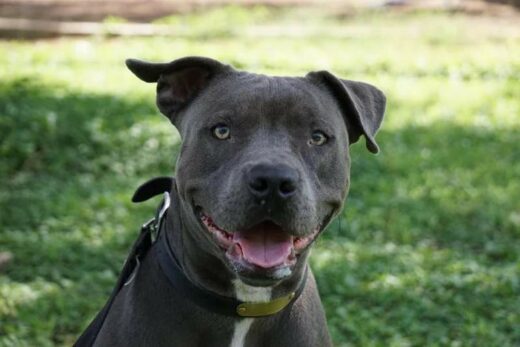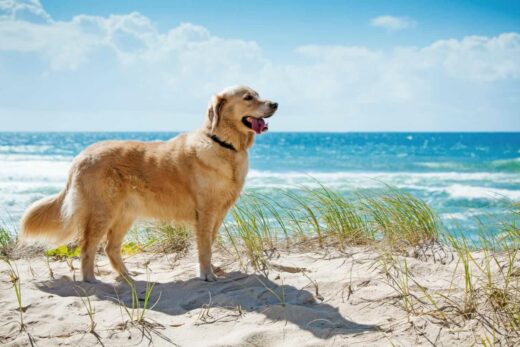
The Alaskan Noble Companion or ANCD is undoubtedly a beautiful animal with enigmatic pale eyes and a rangy, tall build. Considered a wolf-like dog breed, this stunning dog has attracted interest as more people have become attracted to dogs with the signature dire wolf looks such as the Northern Inuit Dog or the Tamaskan.
Recently, designer breeds such as the Dalmadoodle or dogs bred for extreme features such as the Teacup Min Pin have become increasingly popular. Thus, potential buyers must be vigilant and research breeds-in-progress and breeders in general.
Many breeders who breed crossbred dogs are ethical. There are arguments to be made for a healthy crossbreed, including “hybrid vigor”; the idea that crossing the right breeds together can create a healthier dog.
Sometimes dogs are also crossbred for functional reasons. For instance, ranchers may mix certain livestock guardians to create the best dog to protect and guard their herds. Up until the last century or so, functional breeding was the primary way all dogs were bred.
But what about the ANCD?
Limited information is available about this breed-in-progress. The name suggests an impressive-looking family dog, probably of Northern Spitz-type heritage. But as with any breed, if you are looking to add a new family member to your home, it’s best to do as much research as possible.
History of the Alaskan Noble Companion Dog: Where Do They Come From?
Relatively little is known about this startingly gorgeous dog with its distinctive wolfish appearance. From what can be gathered, the breed was founded in the 1990s by Ann Dresselhaus.
They appear to be given the name “Alaskan,” as they are a Northern-looking breed, “Noble” for their desired stature, and “companion dog” since they are bred primarily as companions.
However, the exact foundation stock of the ANCD is unclear, but among the dogs reported include the Siberian Husky, Alaskan Malamute, German Shepherd, Labrador, Collie, and Great Pyrenees.
The noticeably wolfish angular snout, which is not a feature of any of these breeds, is perhaps attributed to the addition of Greyhound.
However, buyers should consider asking for a DNA test before purchasing a puppy. Several DNA tests found online show dogs listed as Alaskan Noble Companion Dogs that have shown between 30 and 40% wolf content.
This is extremely high. By comparison, the Saarloos and Czechoslovakian Wolfdogs are estimated to have around 6% “wolf” left in them. Similarly, the Blue Bay Shepherd is also reported to aim for only 6% wolf content, with the upper limit being about 12%.
Interestingly, their genetic testing also suggests an ancient haplogroup that may indicate some Akita or Tibetan Mastiff in their lines.





